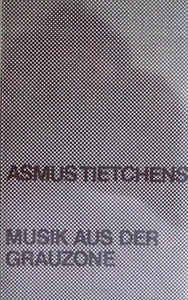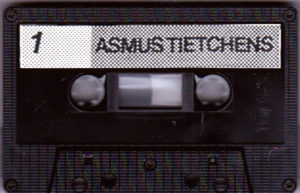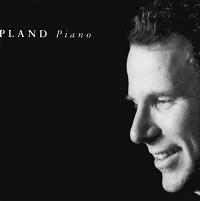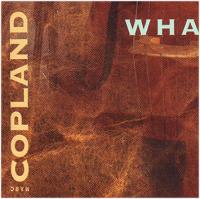Julian Lage was just a kid when I first heard him play, maybe around 12 or 13. He would get onstage with some heavyweight at the Healdsburg Jazz Festival and just blow everyone away. His dad took him to all the shows, where he met everybody and often got to jam with them onstage. He was a bonafide wunderkind.
At the tender age of 15, Julian went on the road with Gary Burton and the rest is, as they say, history. He has since released 6 solo albums and it turned out that not only could the kid play – he can write.
I saw him for the first time as leader of a trio a couple years ago with Scott Colley on bass and Kenny Wollesen on drums. Dave Holland, Charles Lloyd and Richie Beirach were among the jazz luminaries in the audience, but it didn’t faze the 28 year old prodigy: he played a confident and loose set, smiling much of the time as he performed his no tricks guitar pyrotechnics without breaking a sweat.
I just saw him last night at the Raven Theater in Healdsburg CA with his current touring trio, bassist Jorge Roeder and drummer Erick Doob. They tore it up, playing tunes from his rootsy and diverse Arclight as well as the new release, Modern Lore.
What I get from watching Lage is he has this great love affair going on with the guitar. He makes it sing, growl, scream, shout and croon. He played slow, slinky ballads and wild uptempo Ornette inspired free pieces, and just about everything in between with aplomb. He played the craziest intro I’ve ever heard to the old standard I’ll Be Seeing You, sounding as my guitarist friend said, Bach on acid. No shit, it really did. He has this way of rocking out, that reminds me of some of the early rock guitar legends, such as Johnny Guitar Watson, and rockabilly maestros such as Carl Perkins, not to mention country (and sometimes jazz) guitarist Chet Atkins. In this regard, he has a kindred spirit in Bill Frisell, a guitarist who often sounds very country when he’s not reaching for the stratosphere with loops and other effects.
But Lage uses no effects whatsoever, yet he manages to coax an extraordinary number of diverse sounds out of his Telecaster and a Fender amp, with just his fingers and a tone knob. The word ‘resourceful’ comes immediately to mind: He seems to be inventing techniques on the fly, as he grabs the middle of the neck and strums it while picking a separate line, or plays muted arpeggios while managing to lay a beautifully rendered melody on top. He does these wildly accurate chromatic runs up the neck, often ending in little screech that has a signature sound, reminding me of Kenny Wheeler’s flugelhorn squeals. One minute he can be as down home and bluesy as B.B. King, the next as heady and melodic as John Abercrombie. You can hear the entire history of the guitar, sometimes in one song, sometimes in one solo.
Another thing that really sets him apart from his peers is his amazing range of dynamics. It’s as though most players have something like maybe 5 gears of loudness; Lage has perhaps, 25 levels. He uses his dynamic sensibility to create musical tension that draws the listener in, sometimes coming down to an absolute whisper and then roaring back with a single powerful strum.
It’s great to hear such music, so filled with good feeling, humor, wit, humanity and optimism, played live. He was clearly enjoying himself, playing two 45 minute sets and after a standing ovation, coming back for a sweet encore with a ballad off the new album.
I just found out Julian will once again be opening the next Healdsburg Jazz Festival, this time playing duos with Bill Frisell. Perfect. Now that is a show I won’t miss.







